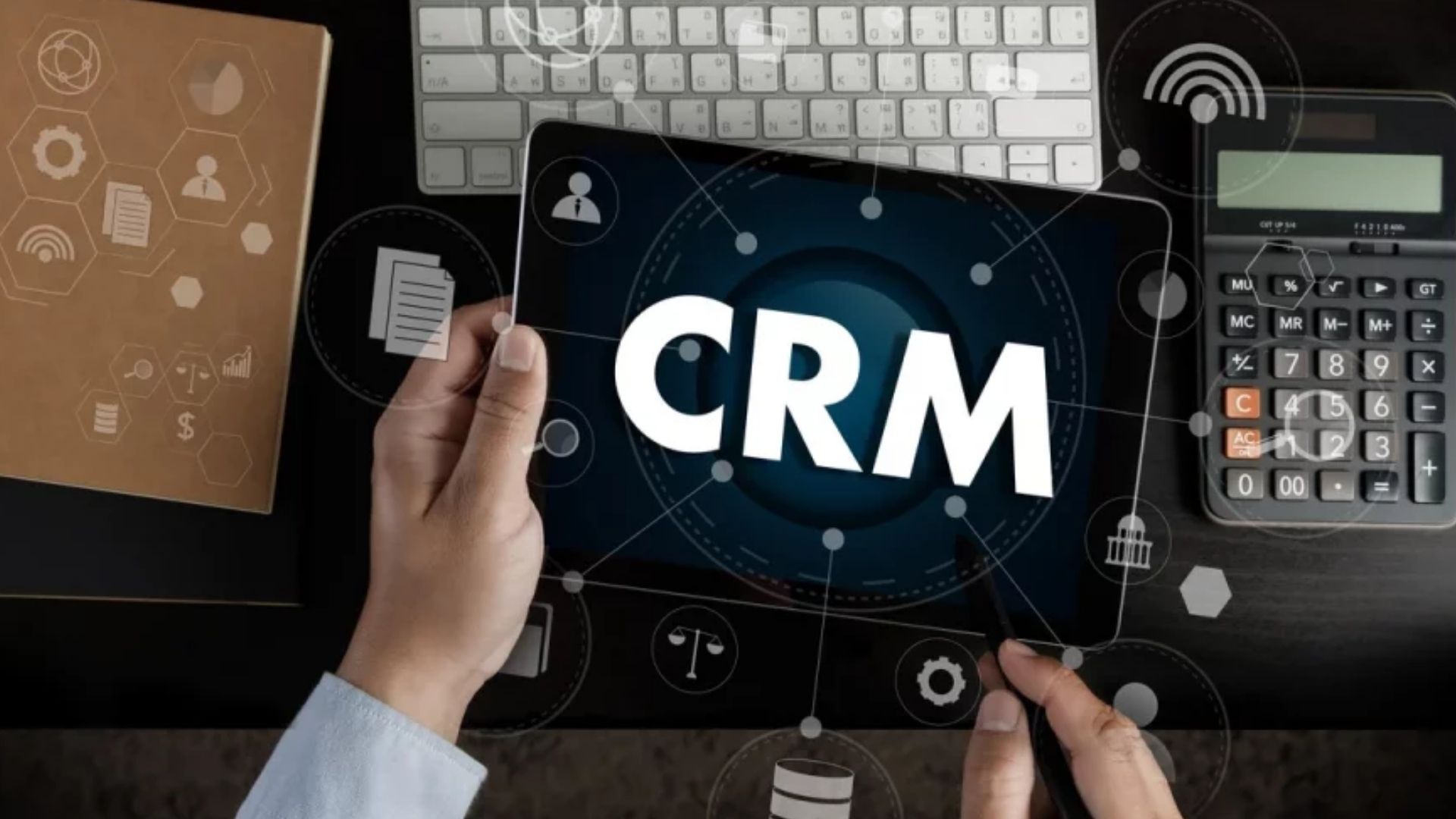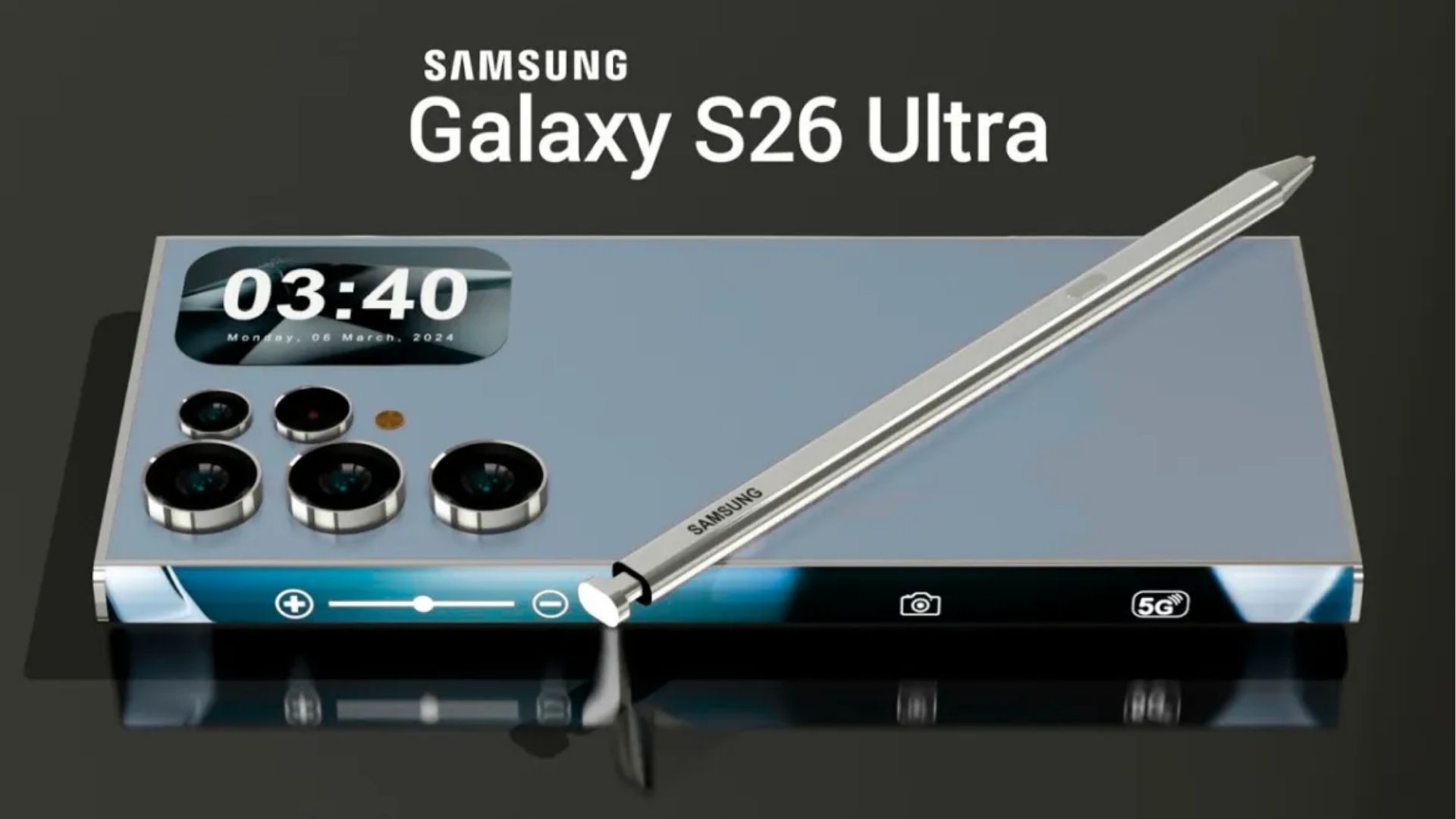If you’d asked me about Web3 a year ago, I’d have nodded politely while secretly thinking, What even is that? The term floated around in tech circles, buzzing in tweets and conference talks, but it all felt like a kind of sci-fi jargon — a promise of a future so far away, I barely understood what it meant, let alone why I should care.
Fast forward to today, after diving in headfirst, poking around with crypto wallets, NFTs, and decentralized apps (dApps), my relationship with Web3 has been a rollercoaster — curious, confused, and now cautiously hopeful.
LEARN MORE : https://digitalmohit.co.in/
The Curiosity Phase: What’s All the Fuss About?
Like many others, my first encounter with Web3 started with a headline: “The Future of the Internet Is Decentralized.” That sounded promising, but what did it mean? I quickly learned that Web3 aims to transform the internet by giving users more control over their data and digital identities, powered by blockchain technology.
The idea of a web without giant corporations hoarding our data felt revolutionary. Imagine logging into apps without needing to trust a single company with your personal info. Imagine owning your digital art, your game items, your social posts — all verifiable on a public ledger, free from censorship or centralized control.
It was exciting. The concept felt like reclaiming the internet for the people, something we all hoped for but hadn’t yet seen. I dove into exploring:
- Cryptocurrencies: The digital money that fuels this new ecosystem.
- NFTs (Non-Fungible Tokens): Unique digital assets proving ownership of art, music, or collectibles.
- Decentralized Finance (DeFi): Financial services that don’t rely on banks.
- DAOs (Decentralized Autonomous Organizations): Groups governed by smart contracts and community votes.
I started opening wallets, signing up on platforms like OpenSea and Uniswap, and reading whitepapers — a brave step into uncharted territory.
The Confusion Phase: Wait, How Does This Actually Work?
After the initial excitement, confusion set in quickly. The jargon was relentless. Gas fees? Smart contracts? Tokenomics? Layer 1 vs Layer 2? It felt like learning a new language with no Rosetta Stone.
I struggled with:
- Technical complexity: Setting up wallets safely was a minefield. One wrong click and you risked losing everything.
- Overwhelming options: So many blockchains, tokens, and protocols to understand.
- Scams and hype: The wild west nature of this space meant scams were common. How to separate the good from the bad?
- User experience issues: Many dApps felt clunky compared to the sleek apps we’re used to.
Even friends who’d been in tech for years admitted they were lost. It felt less like a revolution and more like a confusing puzzle. I found myself stepping back, wondering if this was just a fad for the tech elite or a real paradigm shift.
The Hopeful Phase: Seeing the Potential Beyond the Noise
Then came moments that made me hopeful. Not just in theory, but in practice.
I witnessed artists finally earning fair value for their digital creations without middlemen. Musicians releasing tracks directly to fans, bypassing record labels. Communities coming together in DAOs to fund projects transparently and democratically. Ordinary people accessing loans and financial tools on DeFi platforms without banks or credit checks.
I realized Web3 isn’t about overnight riches or flashy hype. It’s about a slow, steady reclaiming of power and ownership in a digital world that’s been dominated by a few giants.
Some hopeful signs I’ve seen:
- Improving UX: Wallets and dApps are getting easier to use. MetaMask and Rainbow are making onboarding smoother.
- Cross-chain solutions: Bridging different blockchains to reduce friction.
- Regulation and education: More sensible frameworks and better guides are emerging, helping people avoid scams.
- Real-world applications: From supply chain tracking to digital identity, Web3 tech is solving tangible problems.
What I’m Still Learning
Web3 isn’t perfect, and it won’t replace the current internet overnight. There are still huge challenges in scalability, energy consumption, and accessibility.
But I’m no longer just a curious bystander or a confused skeptic — I’m hopeful because I see real people building something meaningful. It’s messy, experimental, and yes, sometimes frustrating, but it’s also full of promise.
The internet once changed the world by connecting us all. Web3 could change it again by handing the keys back to us.
















Leave a Reply